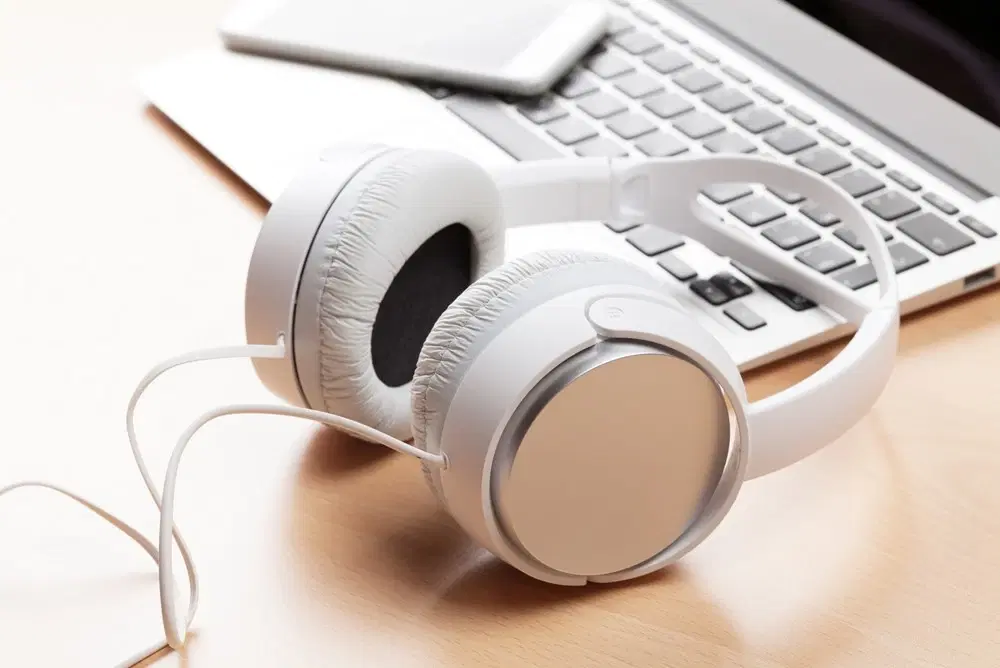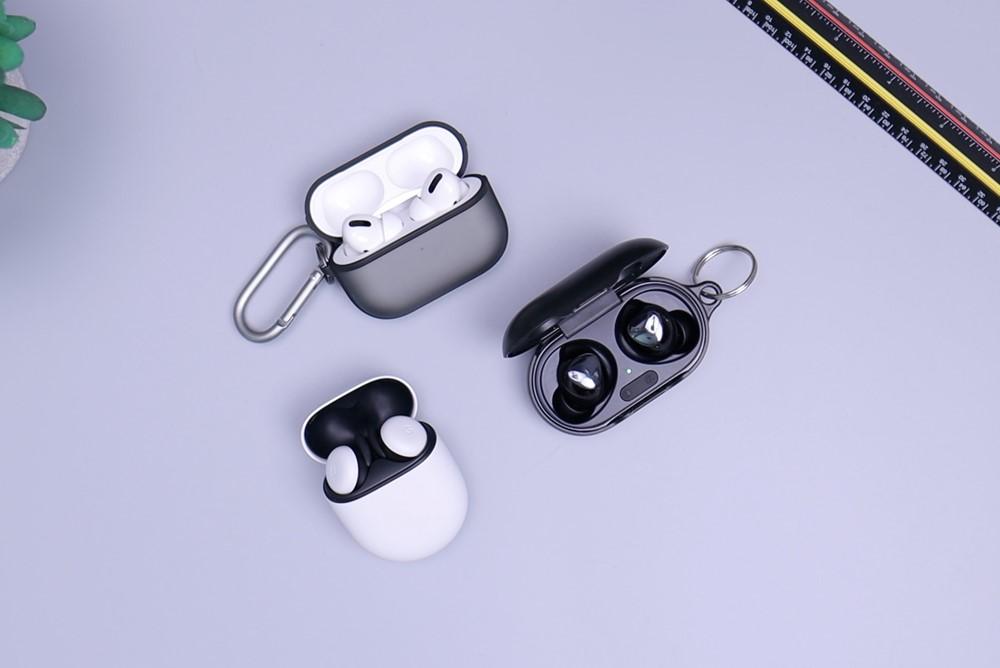
Consumer Electronics
•06 min read

Every year, over 1.5 billion people risk their hearing by using headphones at unsafe volume levels. In our tech-centric world, protecting our ears is crucial, as daily audio exposure may lead to hearing loss or tinnitus. This post explores how to prevent ear damage from headphones and outlines safe listening practices that prioritise ear health and long-term well-being.
Many wonder: do headphones damage ears? The simple answer is that prolonged exposure to high sound levels can indeed affect ear health. While headphones allow for an immersive listening experience, unsafe headphone use may lead to hearing loss from headphones, noise-induced hearing issues, and even persistent ringing in the ears.
Extended headphone use, especially at high volumes, can harm the delicate cilia within the inner ear and may result in tinnitus or even partial hearing loss over time. Experts and audiologists have found that repeated exposure to sound levels above safe headphone volume levels can lead to long-term ear damage. It is vital to understand that exposure to loud sounds, even intermittently, increases the risk of noise-induced hearing loss.
Numerous studies have highlighted the correlation between high-volume headphone use and deteriorating ear health. Audiologists consistently recommend maintaining moderate sound levels and taking regular breaks. Listening at a safe volume is not only a matter of comfort but a scientifically backed strategy to preserve hearing over the long term.
Did You Know?
Regular hearing checks can help detect early symptoms of ear damage, ensuring that any hearing issues are promptly addressed. Monitoring your headphone listening habits might just save your hearing in the long run!
When it comes to headphone safety, simple practices can significantly reduce the risk of ear damage. Here are a few key steps to follow:
To ensure safe headphone use, experts suggest keeping the volume at no more than 60% of the maximum. This recommendation, often encapsulated by the 60/60 rule, advocates for listening at 60% volume for no more than 60 minutes at a time. Lowering the volume prevents the over-stimulation of inner ear structures, reducing the potential for long-term damage.
Equally important is the duration of exposure. Limiting continuous usage can help prevent overexposure. Taking regular breaks—every 60 minutes—is an effective way to give your ears a rest. Frequent pauses allow the auditory system to recover from constant stimulation.

When deciding on devices, consider opting for over-ear headphones rather than in-ear buds, as they offer better noise isolation without pushing you to increase the volume unnecessarily. Additionally, noise-cancelling headphones can help reduce ambient noise, allowing you to enjoy your music at lower volumes and protect ears with headphones.
Beyond using safe volume settings and choosing appropriate headphones, cultivating mindful listening habits is key. Being aware of how long and how loudly you listen can empower you to protect your hearing.
Pay attention to the sensations in your ears. If you notice any ringing, discomfort, or a change in how you hear, it may be time to lower the volume or take a break. Developing a habit of checking in with your hearing health can avert potential issues before they escalate.
Regular tests with an audiologist are recommended, especially if you rely heavily on headphones. A professional hearing test can help track any early signs of damage and allow for swift intervention.
Several apps now monitor sound exposure and provide alerts when volume or listening duration exceeds safe limits. Incorporating technology that informs you about headphone volume levels can lead to more responsible usage and long-term ear damage prevention.
Recognising the early signs of hearing damage is essential for prevention and managing the impact. The initial symptoms are often subtle, but ignoring these early indicators can lead to more serious hearing problems.
Look out for signs such as persistent ringing in the ears, difficulty understanding speech in noisy environments, or a feeling of fullness in the ears. When you face these symptoms, it's important to consider potential overexposure to loud sounds.
If any of these symptoms persist, it is advisable to consult a healthcare professional. An early diagnosis can lead to effective management and prevent further progression of hearing loss from headphones.
(11)-36313564-88fc-44f0-880e-005f03e9733c.png&w=3840&q=75)
Taking immediate action by reducing volume and limiting usage can help prevent further damage. Over time, establishing safe listening practices and incorporating regular hearing evaluations into your routine can safeguard your future hearing.
At Tata Neu, we value customer well-being by aligning technology with health. Our partner, Croma, offers a curated range of headphones designed with ear health in mind, backed by advanced technology to ensure optimal performance without compromising your hearing. Shopping with Tata Neu allows you to earn NeuCoins and enjoy perks through smart purchases, while experiencing conveniences like express delivery for orders placed before 6 PM in selected locations. Furthermore, after-sales support and services like ZipCare help to maintain your devices, ensuring longevity and consistent performance.
By choosing products that prioritise ear health, you invest in your well-being alongside technology that compliments your lifestyle. Whether you are a tech enthusiast, a family, or a young professional, making informed decisions about headphone usage can significantly benefit your auditory health.
Listening at 60% of the maximum volume and limiting sessions to 60 minutes is a good benchmark. Use sound-monitoring apps for additional guidance.
Early signs include a ringing sensation, difficulty understanding conversations in noisy environments, and a persistent feeling of fullness in the ears.
Yes, they reduce the need to increase volume in noisy environments, thereby helping protect your ears over time.
It is advisable to have a hearing test annually if you frequently use headphones, especially at high volumes.
In summary, by understanding the risks associated with headphone use and adopting effective safety practices, you can enjoy your favourite sounds without compromising your ear health. Moderating volume, taking diligent breaks, and choosing devices that support safe listening are essential steps in preventing hearing loss and ensuring longevity in auditory performance. Embrace responsible headphone use and make informed decisions that reflect your commitment to health and technology.